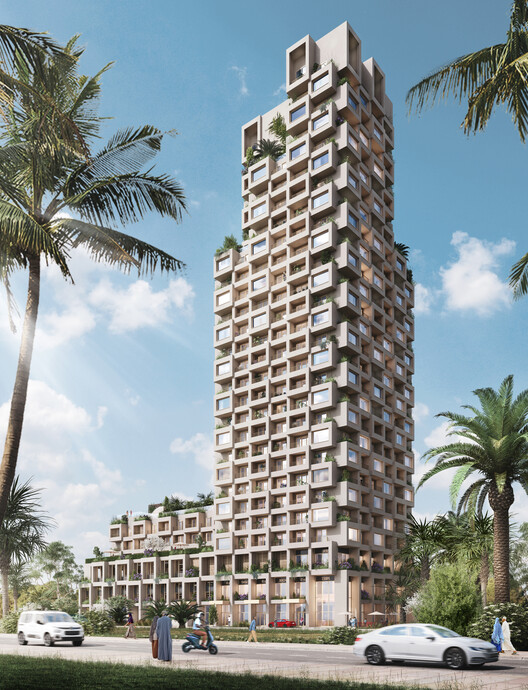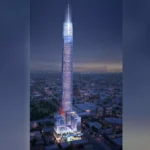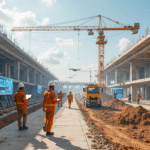World’s Tallest Timber Apartment Rising in Zanzibar
Zanzibar will make history with the world’s tallest timber apartment, a record-breaking project redefining sustainable construction in Africa and beyond.
A Bold Vision for Sustainable Architecture
The global race toward sustainable timber skyscrapers has reached Africa’s shores, and Zanzibar is taking the lead. A groundbreaking project aptly named the Burj Zanzibar is currently under development, and once completed, it will become the world’s tallest timber apartment building.
This ambitious project is a milestone for Zanzibar and a defining moment for sustainable wooden high-rise African buildings. Designed to rise 96 meters (approximately 315 feet), the tower combines innovation, sustainability, and luxury living—challenging conventional concrete and steel construction methods while showcasing Africa’s growing role in green building technology.
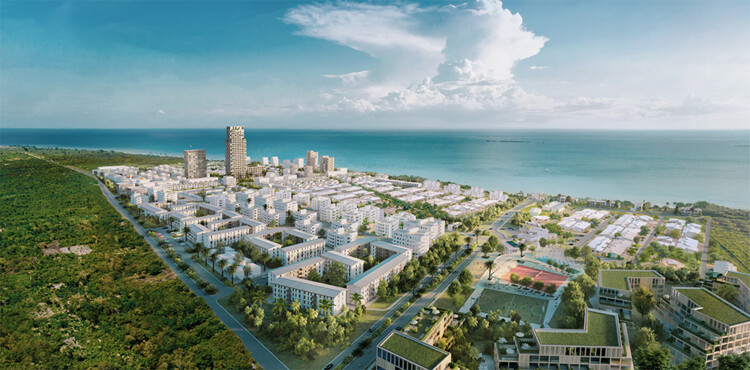
(Above: An architectural impression of Zanzibar’s skyline once the Burj Zanzibar is built)
Timber Apartment Zanzibar: The Burj Zanzibar Project
The timber apartment Zanzibar project, known as “Burj Zanzibar,” is part of the prestigious Fumba Town Development on Zanzibar’s southwest coast. Led by German engineering firm CPS Zanzibar, the development integrates modern architecture with eco-conscious practices.
Key Features of the Burj Zanzibar:
- Height: 28 floors, making it the tallest wooden building in Africa.
- Material: Cross-laminated timber (CLT), a strong, sustainable alternative to concrete.
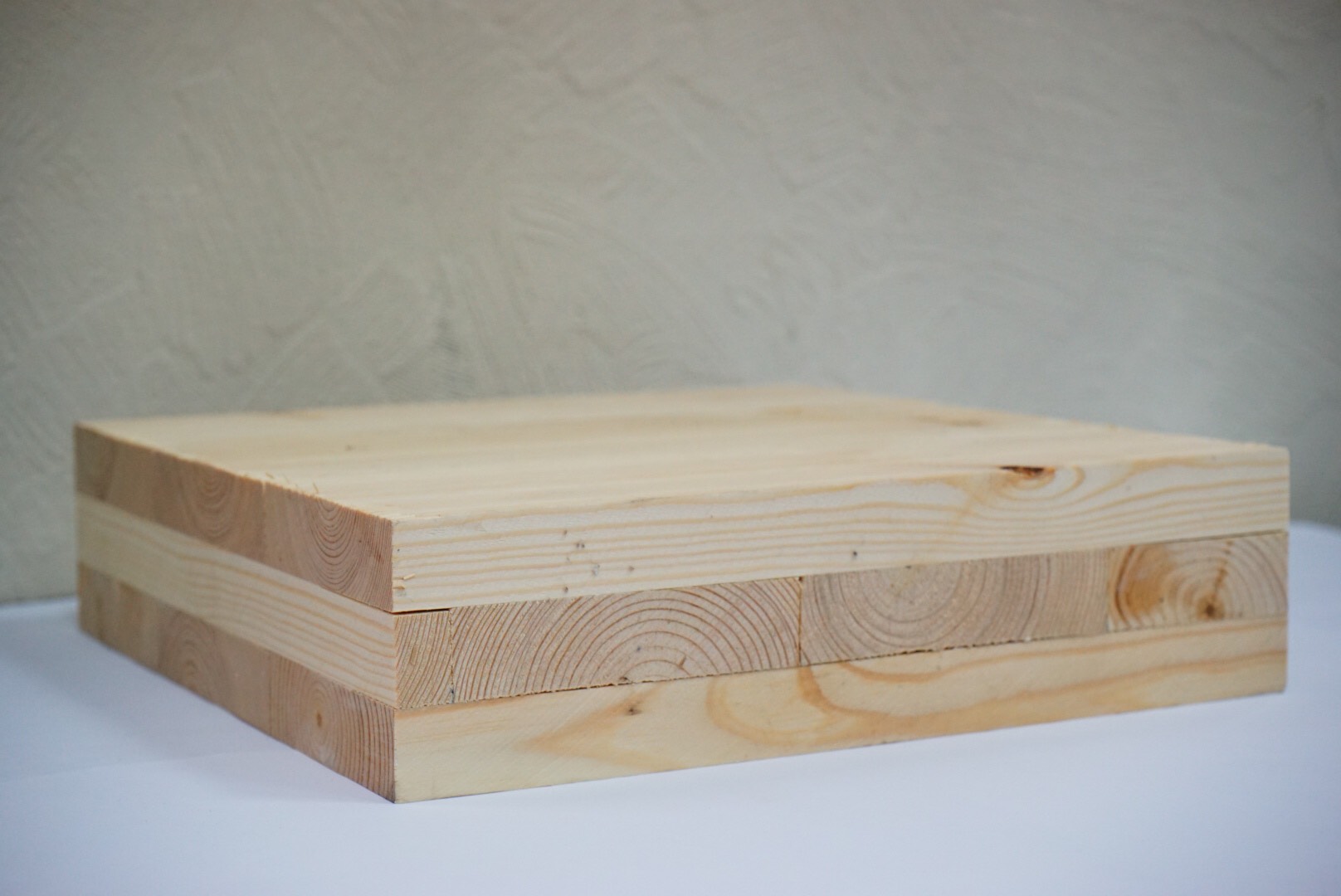
(Above: Cross-Laminated Timber (CLT) used in timber skyscraper building construction)
- Function: A mixed-use high-rise combining residential apartments, retail shops, and leisure spaces.
- Design Concept: Inspired by Zanzibar’s cultural identity and natural environment.
By leveraging cutting-edge timber technology, the project blends tradition with innovation while positioning Zanzibar as a pioneer in green construction.
Why Timber? The Case for Sustainable Wooden High-Rise Buildings
Before the rise of timber skyscrapers, wood was rarely considered suitable for high-rise construction. However, modern engineered wood products such as cross-laminated timber (CLT) have changed this narrative.
Benefits of Timber Skyscrapers for Green Building:
- Reduced Carbon Footprint: Timber stores carbon rather than emitting it, significantly lowering greenhouse gas emissions compared to concrete and steel.
- Renewable Material: When sourced responsibly, wood is a renewable and regenerative building material.
- Energy Efficiency: Wooden structures naturally provide better insulation, reducing heating and cooling costs.
- Speed of Construction: Prefabricated timber panels allow for faster assembly on-site.
- Aesthetic Appeal: Exposed wood interiors create warm, natural living environments.
The Burj Zanzibar stands as proof that the benefits of timber skyscrapers for green building go beyond sustainability—they also promote comfort, efficiency, and modern lifestyle needs.
Zanzibar’s Green Construction Movement
The Zanzibar timber skyscraper construction project aligns with the island’s broader sustainable development strategy. With increasing global attention on eco-friendly tourism, the Burj Zanzibar will serve as both a landmark and a commitment to sustainability.
Zanzibar’s government has encouraged green construction initiatives to balance rapid urbanisation with environmental preservation. By choosing timber for such a monumental building, the developers send a powerful signal: Africa can lead in the future of sustainable timber construction, not just follow global trends.
Record-Breaking Timber Apartment Tower in Zanzibar
The Burj Zanzibar is not just tall—it’s record-breaking. At 28 stories, it surpasses all other wooden high-rise buildings worldwide, setting a precedent for future skyscrapers.
Globally, projects such as Mjøstårnet in Norway (85.4 meters) and Ascent in Milwaukee (86.6 meters) have dominated headlines for their timber engineering feats. The Burj Zanzibar’s 96-meter design will outshine these, positioning Africa at the centre of the timber skyscraper revolution.
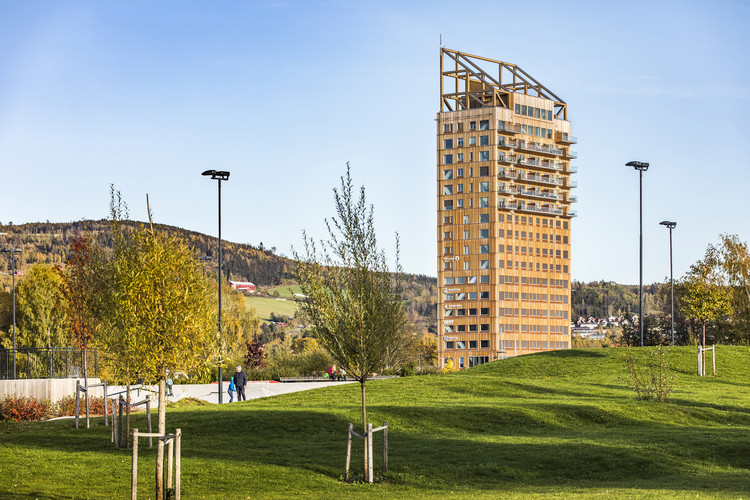
(Above: Mjøstårnet Timber tower in Norway)
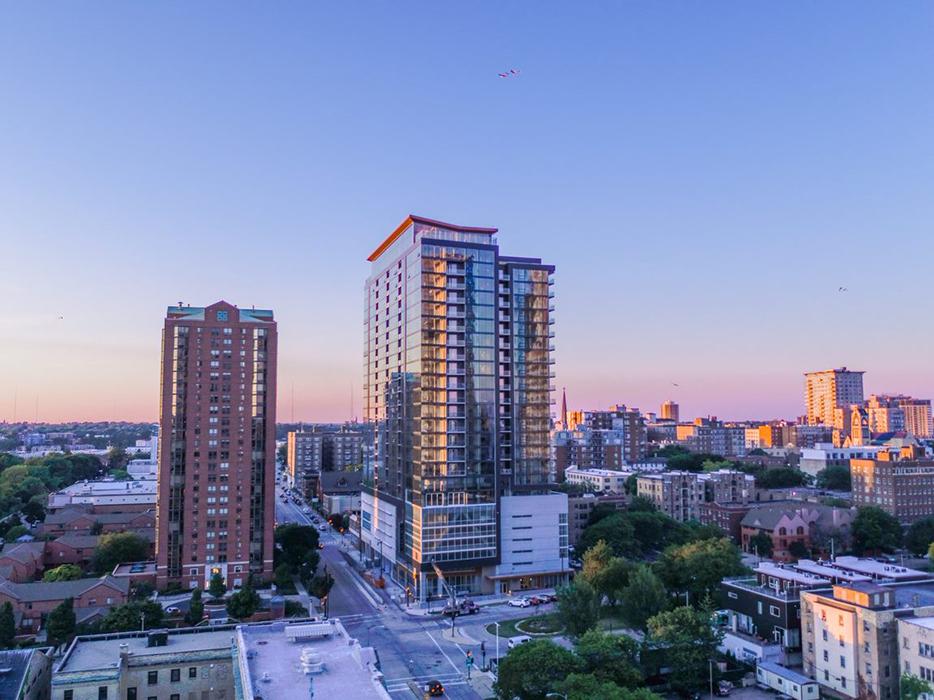
(Above: Ascent Timber Tower in Milwaukee)
How Zanzibar’s Timber Skyscraper Will Shape Urban Living
The Burj Zanzibar, the world’s tallest timber apartment, is designed as an architectural icon and a catalyst for better urban living.
Lifestyle and Urban Benefits:
- Modern Housing: The project will provide state-of-the-art apartments with eco-friendly living spaces.
- Economic Growth: Job creation through construction and future commercial activity inside the building.
- Tourism Boost: A new global landmark will attract tourists, architects, and investors.
- Urban Identity: It will redefine the Zanzibar skyline, showcasing the island as a hub for innovation and design.
The tower is more than just a residential building; it’s a statement of progress.
Challenges in Building Timber Skyscrapers
While the project carries immense promise, building a wooden high-rise building in Africa also comes with challenges:
- Material Sourcing: Ensuring sustainable forestry and steady supply chains.
- Fire Safety Concerns: Addressed with advanced CLT fire-resistant technology.
- Public Perception: Educating residents about the safety and benefits of living in timber skyscrapers.
- Cost and Financing: Large-scale timber projects often face higher initial costs, although long-term savings balance them.
Despite these hurdles, Burj Zanzibar’s success could pave the way for a new wave of sustainable wooden high-rise buildings in Africa.
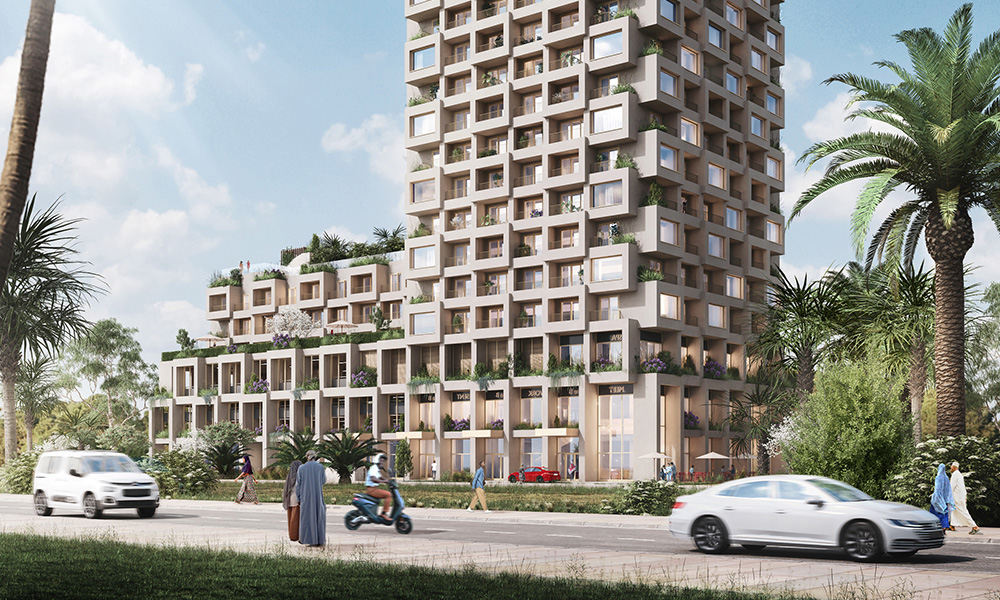
(Above: Architectural render of the Burj Zanzibar)
The Future of Sustainable Timber Construction in Africa
The Burj Zanzibar is more than just a single project—it’s a blueprint for the future of sustainable timber construction in Africa. Other African nations closely observe its progress, and success here could inspire replication in Nairobi, Lagos, Johannesburg, and beyond.
Potential Impacts:
- Policy Shifts: Governments may adopt incentives for sustainable construction.
- Educational Opportunities: Universities and engineering schools could integrate timber construction studies.
- Regional Leadership: Africa could become a model for integrating sustainability with rapid urban growth.
With the world moving toward green construction, Zanzibar’s bold step positions Africa at the forefront of this global transformation.
A Landmark for Africa and the World
Zanzibar’s record-breaking timber apartment tower is more than an engineering marvel—it’s a message of ambition, innovation, and sustainability. It reflects a shift in how the world perceives Africa’s role in global construction trends.
From redefining skylines to promoting green living, the Burj Zanzibar will leave a legacy beyond its height. It is a tangible symbol of what the future of construction could and should look like: innovative, sustainable, and deeply connected to cultural identity.
Stay Updated on Industry Trends
The world’s tallest timber apartment rising in Zanzibar is a project that will reshape not only the island’s skyline but also global perspectives on green building. As the world watches its progress, one thing is clear: this is not just about building taller but smarter. For more insights on sustainable construction, global megaprojects, and Africa’s engineering innovations, visit ConstructionFrontier.com.

